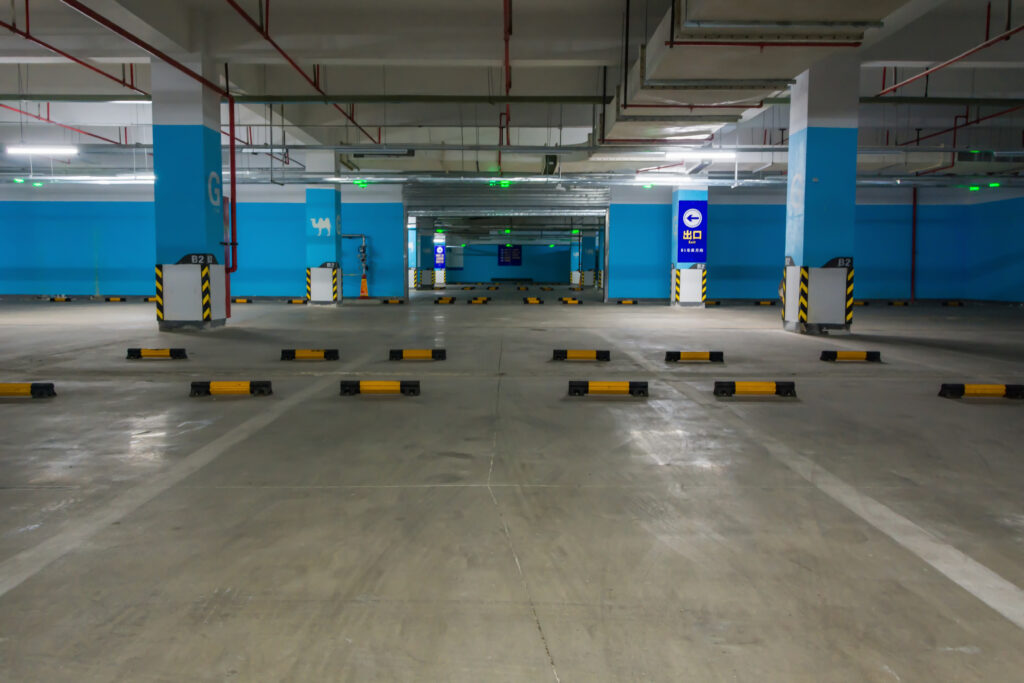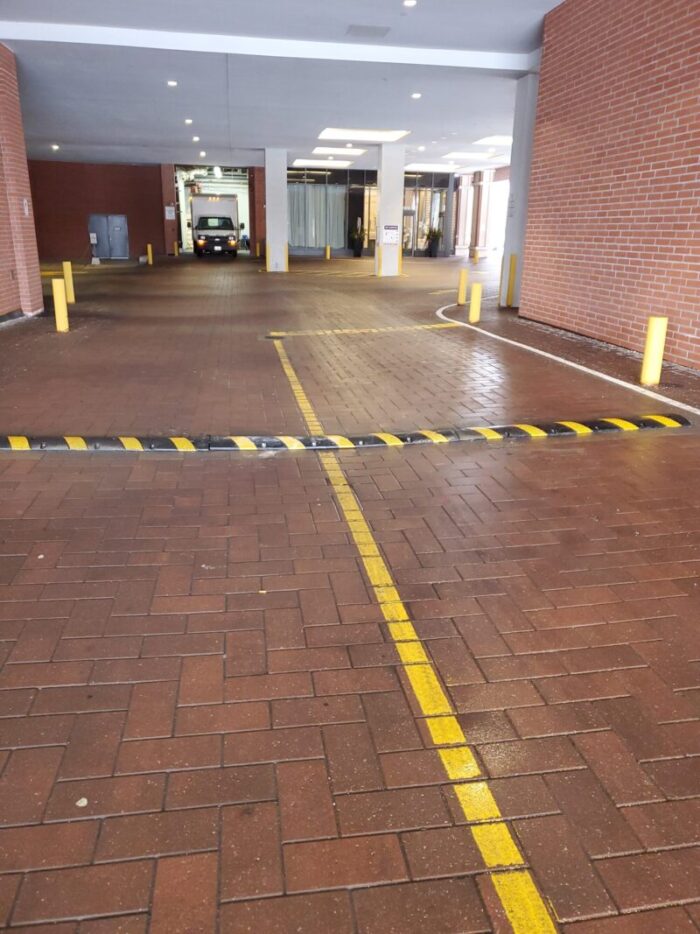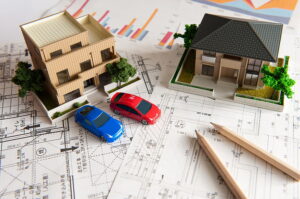The installation of a speed bump for garage area is not only a choice but also a necessity when it comes to protecting your property and everyone in the area. In this blog, we’ll go over the major benefits of owning a speed bump for garage for your mental and physical health.
Why do I need a Speed Bump for my Garage?
There are several reasons why installing speed bumps in a garage is important, but safety and property protection are among the primary concerns. These bumps serve as useful instruments to guarantee pedestrian safety in the garage area. Cars reduce the chance of accidents by slowing down, which makes the environment safer for everyone—especially kids and pets. Furthermore, a speed bump for garage is essential for avoiding property damage. Uncontrolled speeding can cause serious injuries, including scuffed cars and structural damage. Speed bump for garage serve as obstacles that prevent careless driving and safeguard priceless items.
Additionally, by lowering noise pollution, these bumps help create a quieter atmosphere. Speed bumps, especially in residential areas, contribute to a calmer ambiance by incentivizing drivers to slow down. This calmer atmosphere promotes a serene living environment for residents and improves their overall quality of life.
Speed bumps improve property security measures in addition to safety and peace of mind. Cars that are not allowed or suspicious are discouraged, giving people and security systems valuable time to identify and address possible threats. By adding another layer of security, the entire safety infrastructure is strengthened and residents and their possessions are fully protected.
What are the Benefits of Speed Bumps in Parking Lots?
Parking lot speed bumps are vital safety elements and traffic control devices. First of all, by requiring cars to slow down, they improve pedestrian safety by establishing a safe space for pedestrians to walk in parking lots. A speed bump for garage provides a safer environment for both cars and pedestrians by reducing the chance of collisions, particularly during peak hours.
Speed bumps also serve as efficient traffic-calming devices, discouraging careless driving and preserving a smooth flow of traffic. This slow speed not only eases traffic but also improves the parking lot’s overall effectiveness. In addition to reducing vehicle speeds, these bumps shield property from possible damage and help maintain a safe and well-kept parking lot.

What Materials are Speed Bumps typically made from?
Typically, speed bumps are constructed from a variety of sturdy materials that can tolerate continuous traffic and bad weather. The material to use will rely on a number of criteria, including the intended use, the locality, and financial limitations. Typical materials utilized in the production of speed bumps include:
- Rubber → Because of their adaptability, toughness, and simplicity of installation, rubber speed bumps are widely used. They are perfect for transient or semi-permanent installations and are frequently constructed from recycled rubber. Rubber speed bumps are reasonably light and efficient at lowering vehicle speeds.
- Plastic → Plastic speed bumps are extremely conspicuous, lightweight, and corrosion-resistant. They are renowned for their durability and are constructed of high-density polyethylene (HDPE). In residential areas, school zones, and parking lots, plastic speed bumps are frequently utilized.
- Asphalt → To build asphalt speed bumps, asphalt is laid out on the road surface in a predetermined shape and profile. When the road is being built, they are incorporated into the design as a long-term fix. Asphalt speed bumps are appropriate for use on roads and highways since they are resilient and able to withstand heavy traffic.
- Concrete → Speed bumps made of concrete are durable and strong. They are frequently utilized in locations where durability is essential, such as on busy roads. In order to build concrete speed bumps, concrete is poured into molds to take on the required size and shape. Although they effectively reduce speed, once implemented, they are more difficult to change.
- Metal → Metal speed bumps are incredibly resilient to deterioration and are frequently composed of steel or aluminum. They are usually found in loading docks, warehouses, and industrial places where large trucks pass regularly. Although they are quite durable and strong, metal speed bumps can make noise as cars go over them.
Every material has benefits, and the selection of each is contingent upon the particular needs of the site where the speed bumps will be installed.
How much does it Cost to Install a Speed Bump for Garage?
A speed bump’s installation cost in a garage can vary depending on a number of factors, all of which affect the final cost. Considerations like the speed bump’s size, design, and material of choice are important ones. The complexity of the installation procedure and the position within the garage both affect labor costs, which are significant factors in calculating the total prices.
Additionally, the cost is influenced by the experience and standing of the general contracting company engaged. Businesses with a reputation for providing excellent speed bump for garage installation services, like LBE Contracting Inc., provide a level of professionalism and high-quality work that may have an impact on the final cost.





